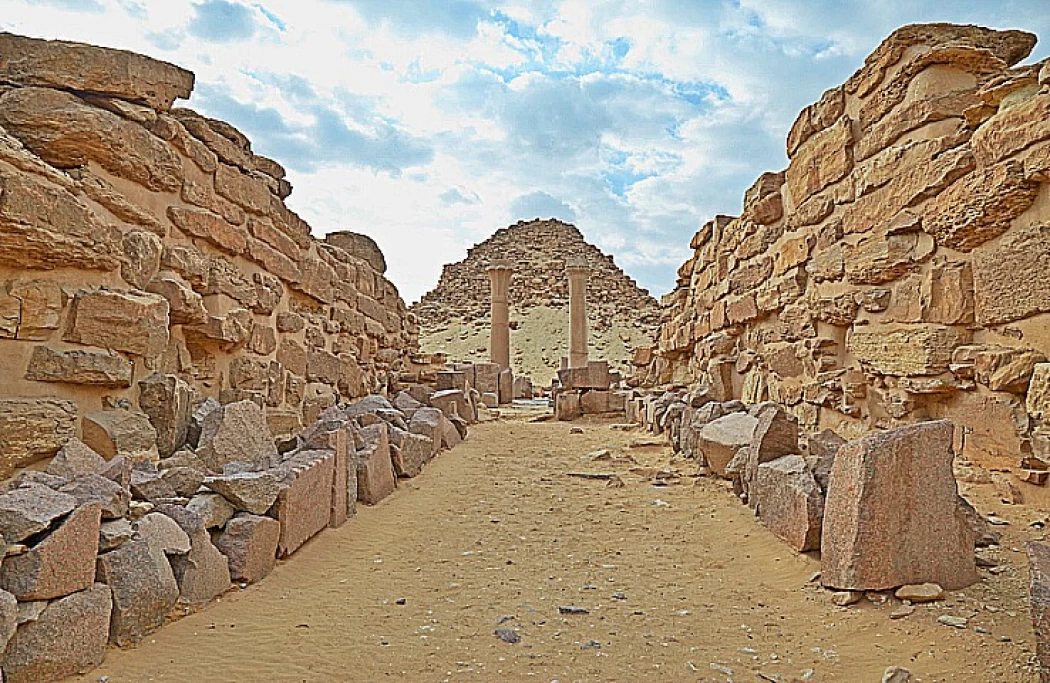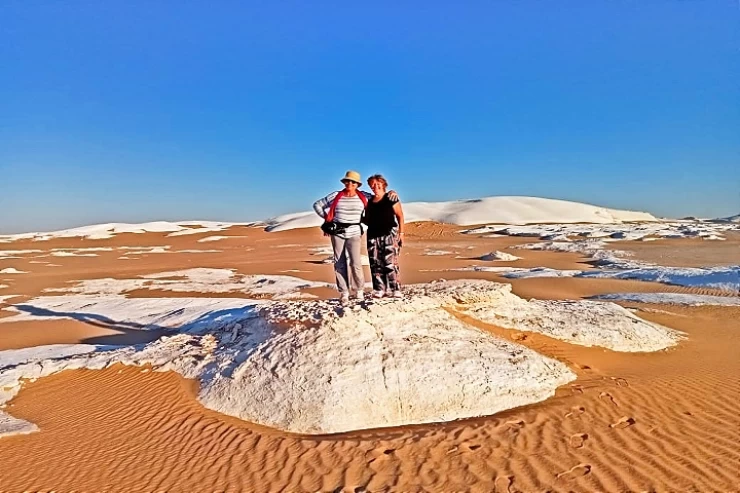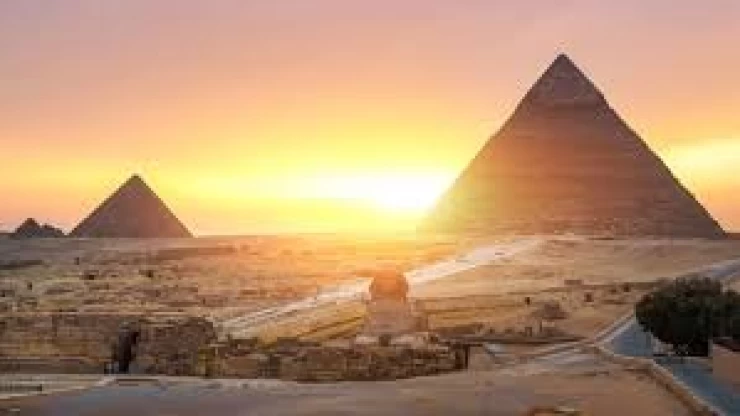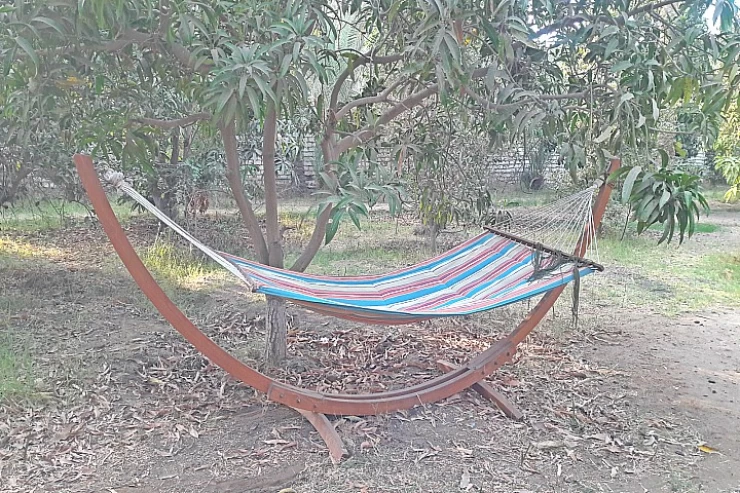
Abu Sir Pyramids | Abu Sir Egypt
Abu Sir Pyramids
I was keen to deal with the Abusir region because of the important archaeological artefacts of this city, which was chosen by the most famous kings of the Fifth Dynasty to build their pyramids and funerary collections, in addition to the sun temples erected in the Abu Gharab area.
There are a large number of villages called Abusir in Egypt, and it is likely that these areas derived their name from the name of the idol ‘Osir’ because there may have been a temple for him in those areas, and then the name of the temple was given to the whole area, and perhaps the most famous area that bore this name is one of the tombs of Manaf, which is located south of Giza, about five kilometres away.
Abusir is part of the Saqqara region and is about three kilometres from the Step Pyramid of King Djoser, the founder of the Third Dynasty. Abusir suffered from archaeological neglect for long periods, and the excavations of De Morgan in 1883 were one of the first excavations conducted in Abusir until the end of the nineteenth century, followed by the German archaeologist Burkhardt in 1902-1908 AD.
Abusir then fell into oblivion and became a victim in the hands of thieves who looted it until 1960, when the Czechoslovak Archaeological Institute obtained the right to excavate the Abusir area under the leadership of Zaba, followed by the Czech archaeologist Werner, who worked to uncover the pyramids of Abusir, which were known as the ‘Forgotten Pyramids’.
In addition to the pyramids, the expeditions found a range of artefacts such as utensils used in religious rituals and the head of King Usserkaf, as well as many other artefacts. During the 1989/1990 season, the Cairo University Archaeological Faculty excavated the Abusir area and discovered a series of tombs, some of which numbered up to twelve, each consisting of a well and a burial chamber, in addition to many other important artefacts that were uncovered.
During the 1992/1993 excavations, an empty sarcophagus was uncovered in the area north of the Sahurea pyramid, in addition to many important archaeological discoveries in that area, including the walled tomb or mishkawat at the southern site of the Temple of the Sun of King Ussurkaf, in addition to many other important archaeological discoveries in that area.
The kings of the Fifth Dynasty built their tombs in the form of small pyramids, some of which were no more than nineteen metres high, due to the weakness of the kings as well as economic reasons that prevented the use of large numbers of labourers. These pyramids were covered on the sides with a white limestone cladding, and when the area was tampered with by vandals in search of stones, they removed the outer cladding, leaving only the inner parts of each pyramid.
Each of the kings of this dynasty built a special temple for the sun god ‘Ra’ in Abusir, and the sun temple erected by King ‘Sahurra’ in Abusir north of Saqqara near his pyramid is the best example of these distinctive temples of this dynasty, while the sun temple of King ‘Nei and Ra’ in Abu Gharab north of Saqqara is the only one that provided us with enough data on the design of such temples, as the sun temples were completely destroyed by the destruction of the temples.








-webp.webp)









